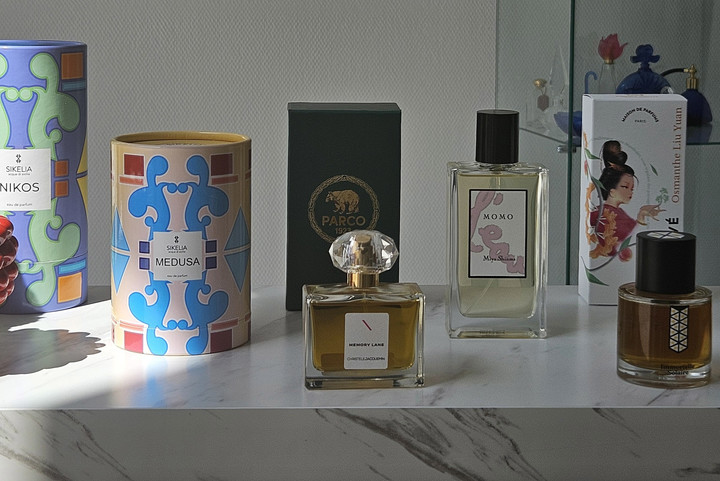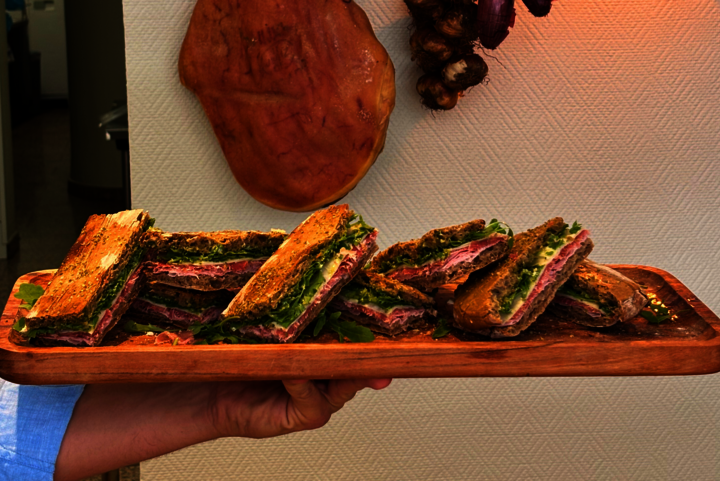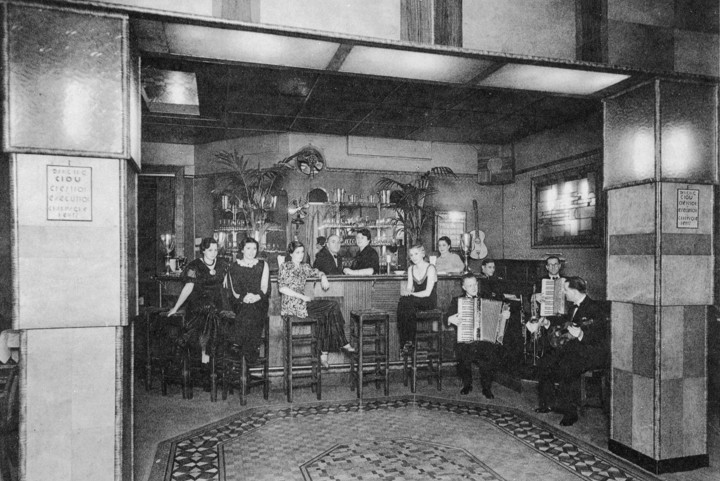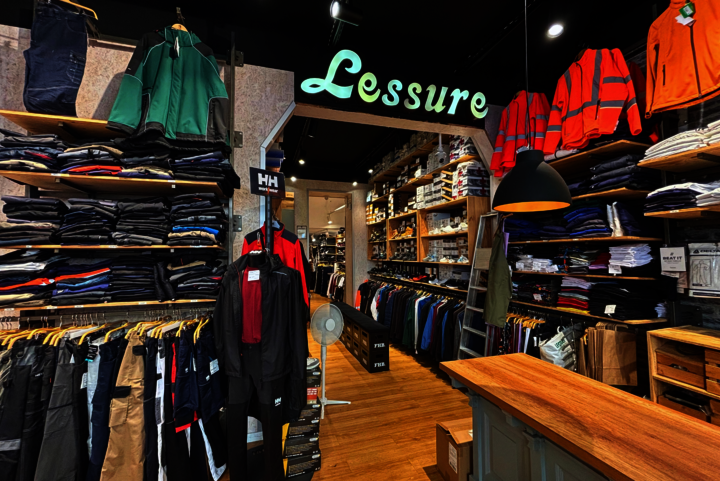(Re)discover our city – Klees-Fox furniture shop, Rue Beaumont
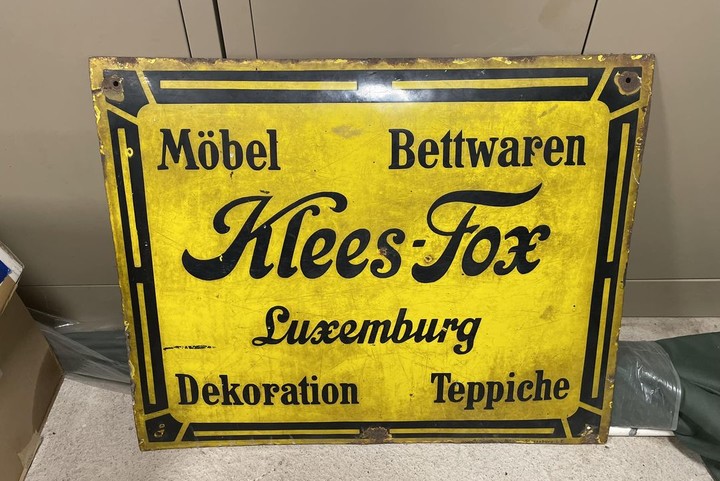
(Re)discover our city – Klees-Fox furniture shop, Rue Beaumont
Think you know our capital well? Well, let's see about that! Some of the buildings that you walk past on a regular basis have a special story behind them. Dr Robert L. Philippart is a true expert on the subject and will take you through the city to uncover these hidden stories, giving you a new way of looking at some of our emblematic buildings.
Klees-Fox furniture shop, Rue Beaumont
The street fronting on Rue Beaumont between Rue des Capucins and Côte d’Eich was not built until after the opening of the city and the development of Côte d’Eich in 1871. The land previously belonged to the Capuchin monastery, which stood on Rue des Capucins from 1630 to 1795. Its gardens extended as far as today's Rue Willy Goergen. In 1798, François Scheffer, the future mayor of the city, acquired this garden from the government as a national asset. In 1852, Mr Scheffer's widow commissioned engineer Antoine Hartmann to convert the gardens into eight lots to accommodate commercial buildings and 18 housing units to be built as an extension to Rue Beaumont. However, Anne Barbe Scheffer-Seyler ultimately chose to sell her property to the Redemptorist Fathers, who built their monastery and church on the land in 1858. The former Capuchin monastery had been passed on to the fortress and was now home to its central bakery. When the garrison left in 1867, the buildings became Government property, before being ceded to the City of Luxembourg in 1868. The latter established its theatre in the monastery's former church, with the Capuchin monastery being converted into storage for stage sets. An agreement between the Government and the City in 1884 authorised the latter to demolish the former monastery and to sell the land freed up as a result along Rue Beaumont, which had been extended in the direction of Côte d’Eich. The monastery was demolished in 1890 and the land auctioned off to Jacques Fox, a cabinet maker established in the Gare quarter since 1885.
Mr Fox commissioned architect Antoine Luja to construct housing and commercial units along Rue Beaumont, between Place du Théâtre and Rue des Capucins. Because of their central location, the buildings were constructed with two storeys. This design met two specific needs: on the one hand, the City wanted to increase population density by offering new housing built to new hygiene standards (running water, drainage, gas, electricity, ventilation), and on the other hand, throughout Europe, the self-employed were developing rental accommodation to generate income in old age. Pensions had not yet been introduced. The façades were constructed in a Renaissance style, interpreted at the time as the national architecture. When this structure was built, the renovation and extension of the Renaissance-style Grand Ducal Palace was still a hot topic. Fox financed the construction project by selling several properties that he owned on Avenue de la Gare and Rue Origer. The construction work on Rue Beaumont was completed in the spring of 1893, and Fox offered the building for rent. In 1895, the daughter of Jacques Fox (1845–1901) and Marguerite Zander (1851–1934), Marguerite, married Arnold-Ernest Klees, who opened his Möbel-und Ausstattungs-Geschäft Klees-Fox that same year in the Fox building on Rue Beaumont. Jacques Fox and Marguerite Zander remained in their premises on Avenue de la Gare. Alongside Champagne and Bonn, this furniture shop was one of the largest furnishing companies in the city. The Klees-Fox brand was highly sought after by wealthy families putting together dowries for their daughters. The range on offer included sofas, garden furniture, modern iron beds, cots and toddler beds. Klees-Fox also offered a huge range of fabrics, curtains and home textiles, carpets, stair carpets and runners, tablecloths, woollen blankets and bedspreads, towels, tea towels, aprons and handkerchiefs. This shop specialising in the sale of bedroom, office and living room furniture, tapestries, mattresses, chairs and bureaux was able to sell items at fixed and affordable prices thanks to the delivery of large quantities of mass-produced furniture. Such industrial-scale production brought furniture meeting the new technical standards to the masses. The products were displayed within the shop in separate departments and the excellent service inspired customers who may otherwise have been overwhelmed by the sheer number of products available. Arnold Klees passed away in 1920. His widow carried on the business. The company was liquidated in 1922. The building was sold in successive lots from then until 1934. Charles Diederich-Neyen opened a new furniture shop on the site of the former Klees-Fox shop. The slogan of this new furniture store, which remained in business until 1961, was: Das Gute mit dem Schönen verbinden [Bringing together comfort and style].
Photos: Klees-Fox letterhead © industrie.lu
Colour photos: 2006 © Rolph
Inscrivez-vous
à la newsletter.
Inscrivez-vous et recevez tous les mois l’actualité shopping de la ville directement par email ! Bon plans, événements phares, nouveaux commerces, ne manquez rien de l’actualité commerçante.
Cityshopping news




